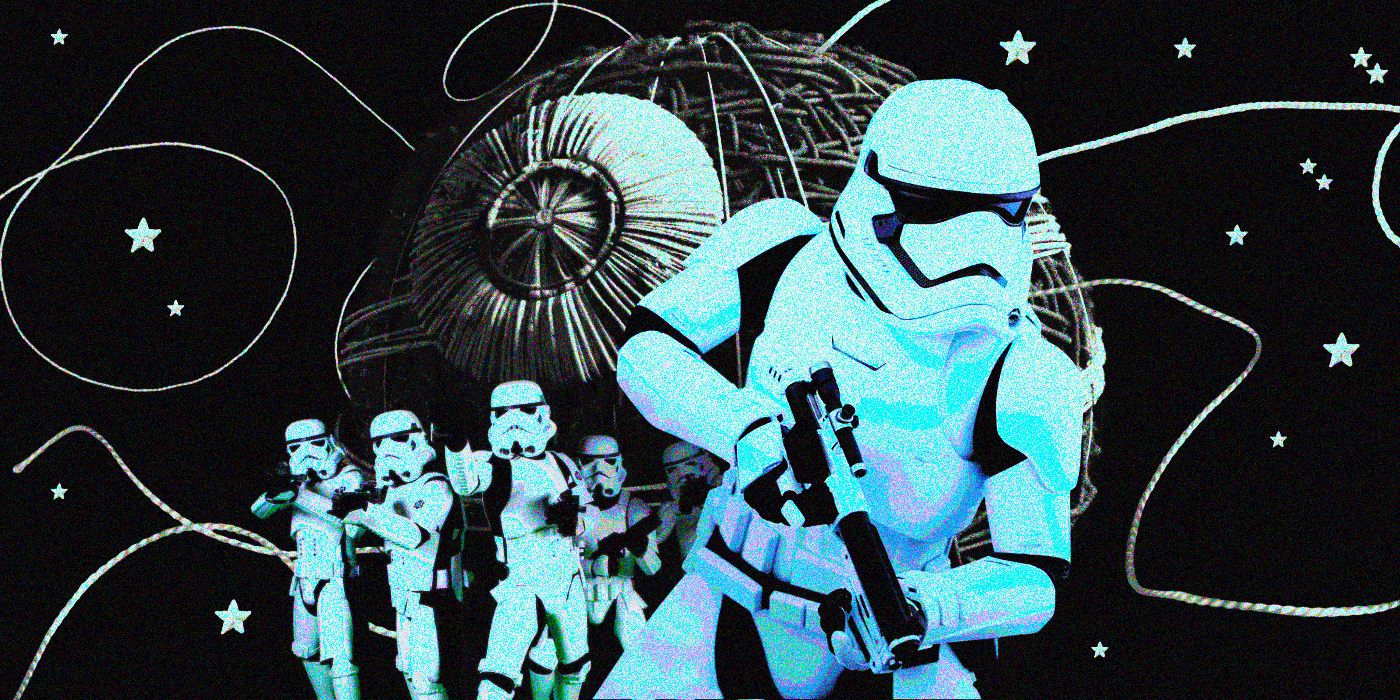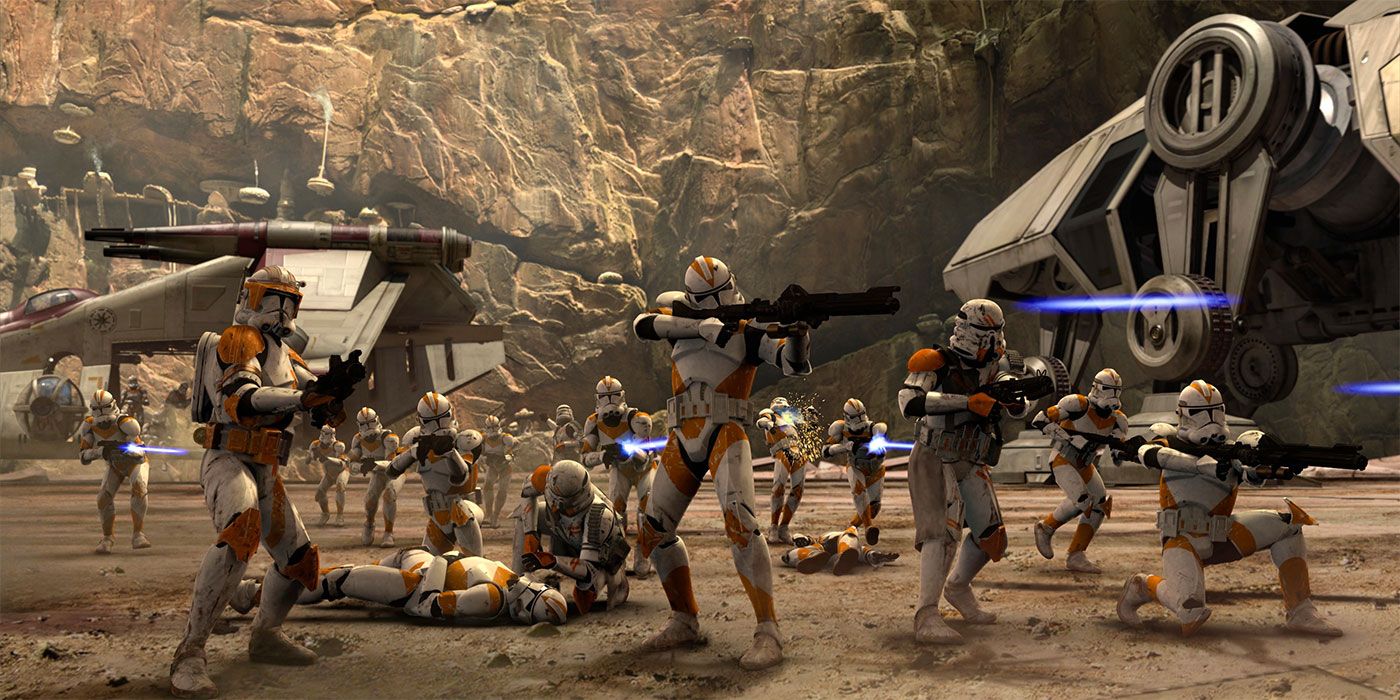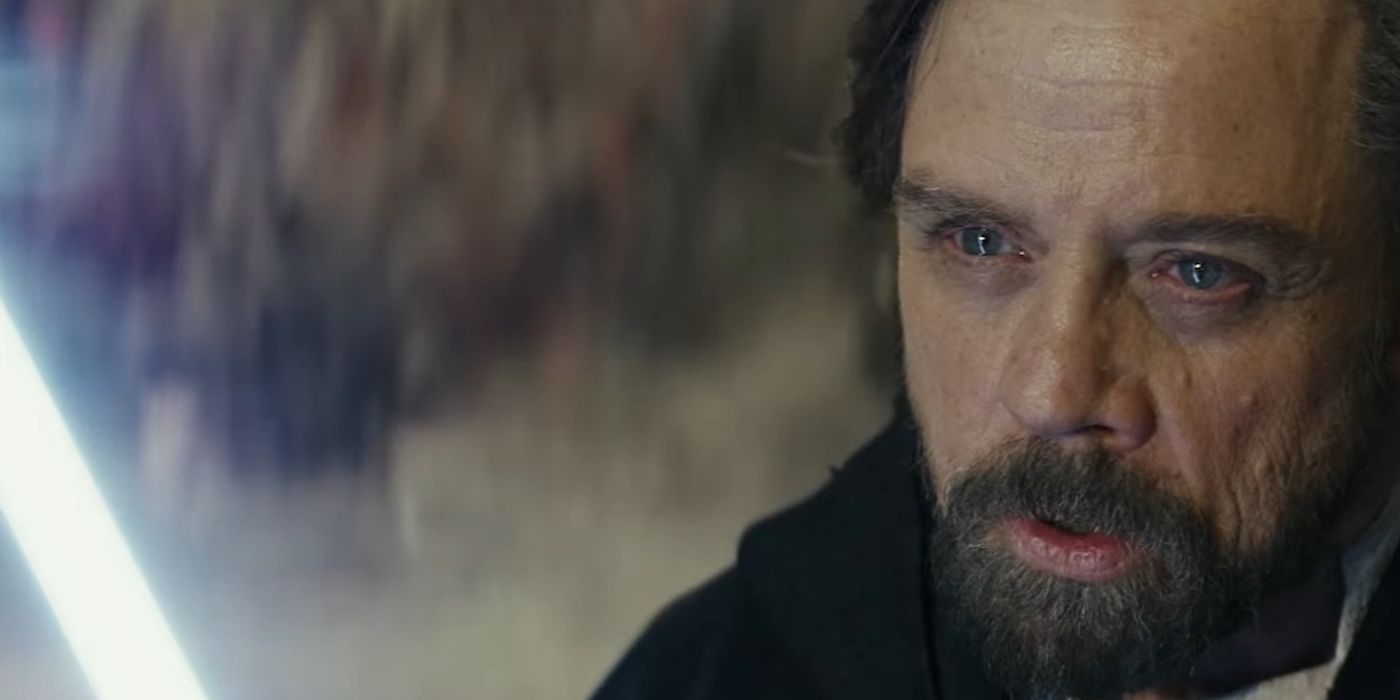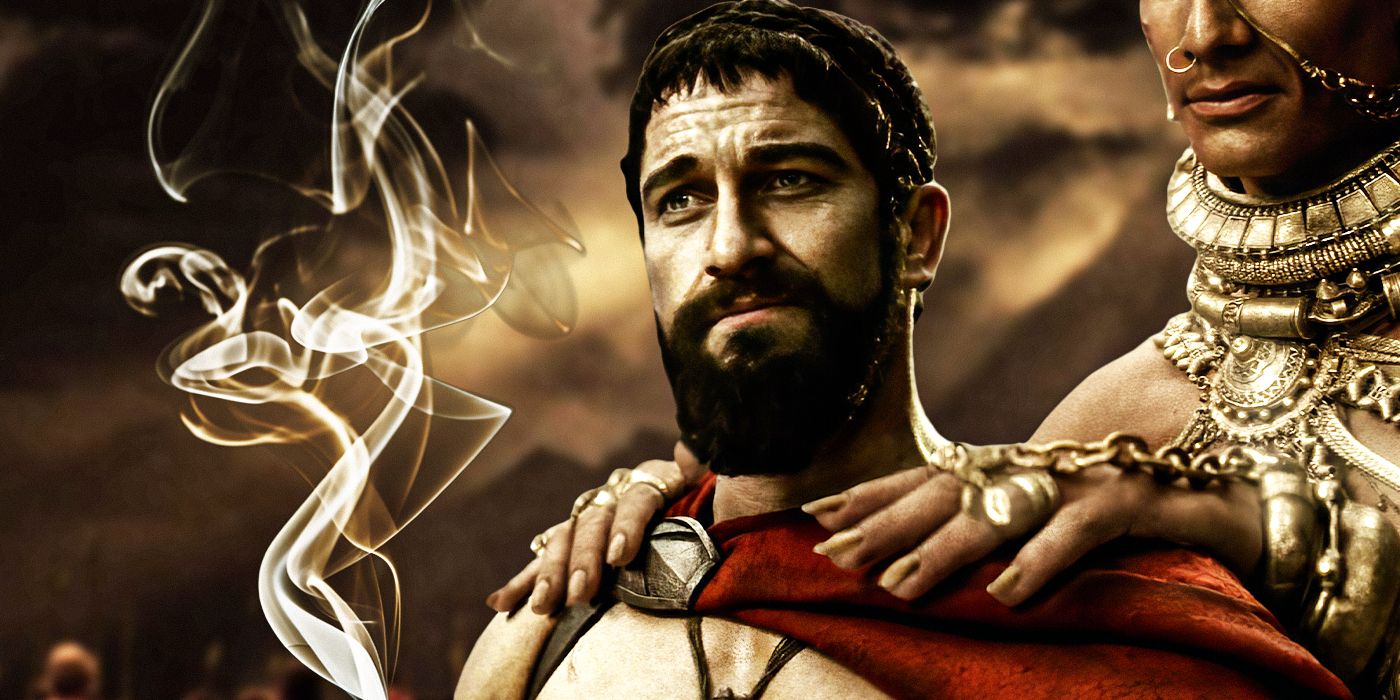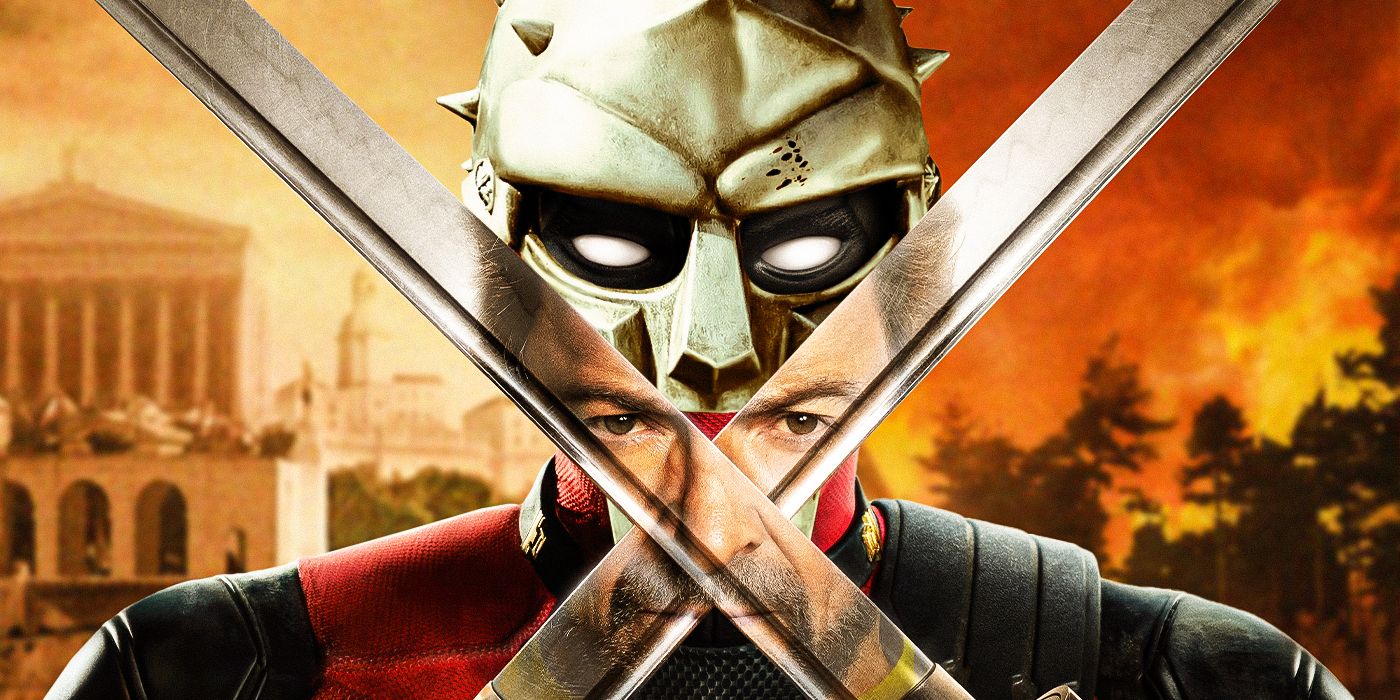The Big Picture
- The Star Wars Prequels were controversial with audiences but are now being praised for their creative political content that explores real-world sociopolitical issues.
- The political elements in the Prequels are often misunderstood or exaggerated, but they play important roles in pushing the story forward and shaping the galaxy’s fate.
- The Prequels’ departure from the Original Trilogy’s story and political themes was a bold choice that set them apart, and recent Star Wars projects would benefit from taking similar risks.
A long time ago in this galaxy the biggest debate about Star Wars was “Do you think the Prequels are any good?” Although the trilogy of films that chronicled Anakin Skywalker’s transformation into Darth Vader were financially successful and received generally positive reviews from professional entertainment critics, they were controversial with audiences. Most viewers considered them inferior to the original Star Wars films and criticized many aspects of the Prequels, from their dialogue to their reliance on CGI and similar visual effects. But since Disney acquired the franchise and started making new live-action films and television shows discourse around Star Wars has become even more heated and divisive. The Prequels have been reassessed by many and are often now credited for at least being more creative, or even outright better, than many later projects. A lot of this newfound praise can be attributed to an element of the Prequels that was frequently derided at the times of their releases: that being the films’ political content.
The Politics of Star Wars Is Complicated
To be clear, Star Wars has always been political. The Empire is a clear criticism of real-world fascist groups, especially Nazi Germany. But the ideology of the Rebel Alliance that served as the heroes of the franchise’s Original Trilogy is left vague enough that they can be viewed as stand-ins for any group a given viewer considers to be freedom fighters, whether that be the Allied Forces that fought the Nazis in World War II or the youthful 1970s counterculture that was prominent immediately before the films were released. This ideological flexibility allowed the films to be enjoyed by viewers from a wide assortment of ages and political alignments, so long as they agreed with the basic (but sadly still necessary) message that fascism is bad. The politics of the Prequels is a lot more specific and is explored in greater detail. While criticizing fascism is still the main point, by focusing on the collapse of the Galactic Republic and subsequent rise of the Empire the Prequels were able to explore a wide assortment of political issues, and how, if left unchecked and in conjunction with each other they could lead to the fall of democracy.
The Prequel Trilogy Might Have Been Different, but Focused More on Politics
The Prequels’ most impassioned detractors argue that the more complicated politics overshadow the other elements of the films and make them boring, but these complaints often exaggerate or otherwise mischaracterize how much political content is in the films and how it is presented. The storyline focusing on the Trade Federation’s oppression of the planet Naboo in the first prequel, Star Wars: Episode I – The Phantom Menace is usually the prime target for these misleading criticisms. Yes, as the film’s opening crawl describes the crisis initially came about because of the Federation’s taxation of galactic trade routes that were important to Naboo’s economy. But this is just a small bit of backstory. At the beginning of the film things have already escalated to the point that the Federation has launched a military occupation of Naboo and set up a blockade to prevent people from traveling off-planet. They are starving the population and murdering those who oppose them and consequently the film is immediately established as an exciting action story with intense stakes, despite the political elements motivating the plot. As Qui-Gon Jinn (Liam Neeson) says, the negotiations he and his Jedi apprentice Obi-Wan Kenobi (Ewan McGregor) were sent to carry out never took place, with the Federation trying to kill them as soon as they are arrive, under orders from Sheev Palpatine/Darth Sidious (Ian McDiarmid).
Most of the other heavily political scenes in the trilogy take place in the Galactic Senate. Labeling these scenes as boring or unnecessary is hard to justify, as almost all of them conclude with dramatic changes to the Republic, such as Queen Padmé Amidala’s (Natalie Portman) vote of no confidence in Supreme Chancellor Valorum (Terence Stamp), which allows Palpatine to take the leadership position, the vote authorizing the Republic to use the clone army against the Separatists, starting the Clone Wars, and finally Palpatine’s announcement that the government would be remade into the Empire. These changes dramatically alter the state of the galaxy and the futures of the main characters. Even a Star Wars movie can’t be solely made up of pulse-pounding action and all of these scenes play important roles in pushing the story, both its political and personal sides, forward.
As previously mentioned, the overall story of the Empire’s rise allows the Prequels to comment on an assortment of real-world sociopolitical issues, both historical ones and others that were contemporary at the time the films were released. The Federation’s oppression of Naboo highlights the danger of unchecked corporate greed and the Republic’s indecisiveness in how to handle the situation recalls the United Nations’ past failures to prevent humanitarian crises. And while the real-world figure Palpatine is most analogous to is clearly Adolf Hitler, him achieving his increases in power and authority by exploiting the Republic’s fear of the Separatists is a thinly-veiled commentary on how U.S. government organizations bent and broke laws, ostensibly in the name of public safety, following 9/11. That element of the story has remained unfortunately relevant as the War on Terror has continued throughout the 21st Century, even though the last prequel, Star Wars: Episode III – Revenge of the Sith was released back in 2005.
None of this is to say that the films handle the political elements perfectly. Sharper dialogue probably would have made the politics-heavy scenes more effective and drawing on so many historical inspirations at the same time means that some of the messages can become confused or muddled. But it certainly created a story that was distinct from the Original Trilogy’s. Which is part of the reason viewers were taken aback by the Prequels when they debuted. Everyone knew the films had to end in tragedy to set up the status quo of the Original Trilogy, with the Empire in power and Anakin firmly established as Vader. But many were probably not expecting the overall experience of watching them to be as drastically different as it was. However, contrast with more recent Star Wars projects has emphasized why this bold departure was the right choice.
Disney’s Star Wars Era Has Sanitized Some of the Politics Out of Their Movies and Shows
Many of the Disney-era film and television projects are either set soon before the events of the Original Trilogy or soon after. This has resulted in most of these projects having the same kind of Imperial villains as the Original Trilogy, with characters like Vader and Palpatine themselves even making return appearances, with conflicts that are once again either about the Rebels battling the Empire while it’s in power or the virtually identical stories of the New Republic dealing with the threat of Imperial remnants. Even more problematic was the decision to effectively replicate these conditions with the Sequel Trilogy. Even though those films are set decades after the originals, allowing for the potential of an entirely new status quo for the galaxy, they were made to focus on the conflict between the Resistance and the First Order, replacements for the Rebels and Empire that are virtually identical in ideology and design.
When several of the most powerful planets in the New Republic are destroyed in Star Wars: The Force Awakens, making the Resistance desperate underdogs just like the Rebels, the conditions became even more similar to that of the original films. Because the larger conflicts are the same, the individual stories themselves have been mostly very similar to their predecessors. A few recent projects, like Disney+ series The Mandalorian and the second film in the Sequel Trilogy, Star Wars: The Last Jedi have included some more creative world building and more unique ideological themes and subplots but the overall direction for their eras in the franchise kept them from breaking too much new ground. Even spin-off film Rogue One: A Star Wars Story and its prequel series Andor, which have been praised as two of the more unique recent projects, are ultimately still stories about characters learning the importance of the Rebellion and standing up to the Empire.
This doesn’t mean the Prequels are necessarily higher in quality than their successors. Arguments could easily be made that The Force Awakens and The Last Jedi outclass The Phantom Menace and Star Wars: Episode II – Attack of the Clones, despite the former’s lack of originality, due to their execution, and The Last Jedi is even comparable with Revenge of the Sith, which is generally agreed to be the best of the Prequels. But the Prequels are much more creative and distinctive. Consequently, they come across as much less repetitive than the originals and have aged very well. Much of this is due to their willingness to explore different political ideas than the Original Trilogy did. With some of the most recent projects like Obi-Wan Kenobi and Ahsoka appealing to nostalgia for the Prequels by bringing back actors like McGregor and Hayden Christensen, hopefully creators will learn from them and take future stories in bolder new directions so that the franchise can stay fresh.

